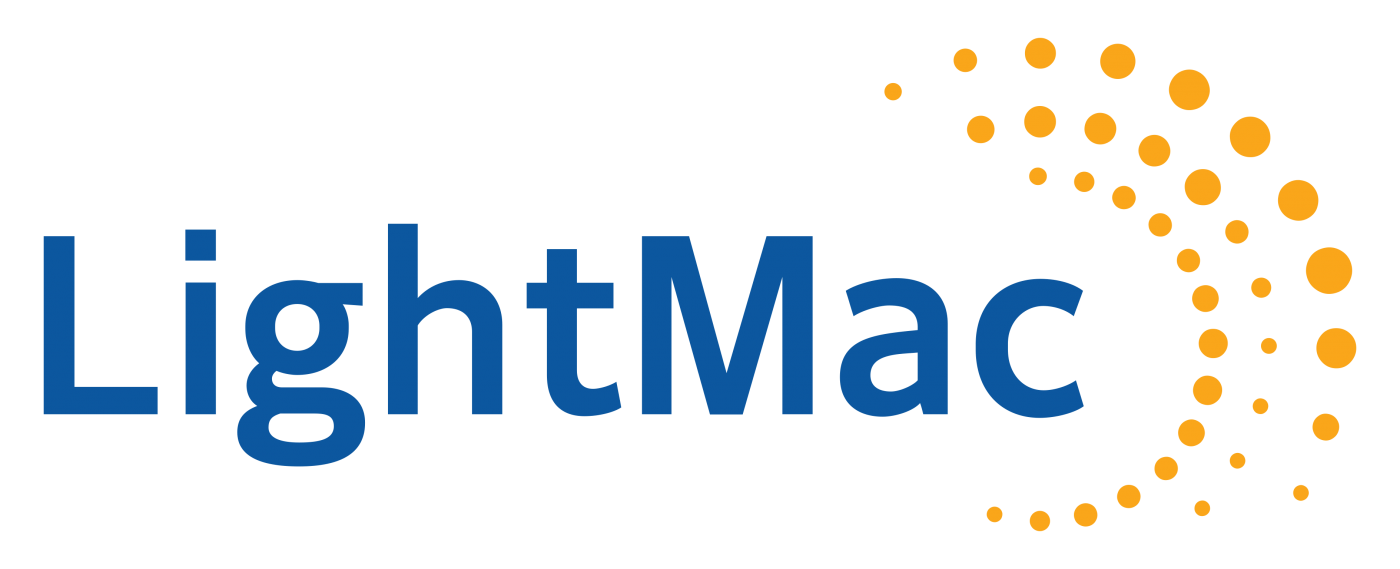Artificial Intelligence (AI) has revolutionized many industries, and one area where its impact is especially pronounced is in the realm of trading bots. These automated systems use AI algorithms to analyze market data, make trading decisions, and execute trades without human intervention. While AI-powered trading bots offer a number of advantages, they also come with their fair share of risks.
Advantages of AI-Powered Trading Bots:
1. Speed and Efficiency: One of the biggest advantages of AI-powered trading bots is their ability to execute trades at lightning speed. These bots can analyze vast amounts of market data in real-time and make split-second decisions, giving them a significant edge over human traders.
2. Elimination of Emotional Bias: Human traders are prone to making emotional decisions that can be influenced by fear, greed, or other psychological factors. AI-powered trading bots, on the other hand, are not subject to these same biases. They operate based on algorithms and data, which can lead to more rational and consistent trading decisions.
3. 24/7 Operation: AI-powered trading bots can operate 24 hours a day, 7 days a week, without the need for breaks or sleep. This allows them to take advantage of trading opportunities that may arise at any time, maximizing profit potential.
4. Backtesting and Optimization: AI algorithms can be backtested on historical data to evaluate their performance and fine-tuned for optimal results. This enables traders to optimize their strategies and improve their chances of success in the market.
5. Diversification: Trading bots can simultaneously execute trades across multiple assets and markets, allowing traders to diversify their portfolios and reduce risk. This diversification can help protect against losses in any one market and increase overall profitability.
Risks of AI-Powered Trading Bots:
1. Technical Failures: AI-powered trading bots rely on complex algorithms and software systems that can be prone to technical failures. These failures can result in trading errors, loss of funds, or missed opportunities in the market.
2. Overfitting: While backtesting can help optimize trading strategies, there is a risk of overfitting the algorithms to historical data. This can lead to strategies that perform well in the past but fail to adapt to changing market conditions in the future.
3. Market Volatility: The unpredictable nature of financial markets can pose a challenge for AI-powered trading bots. Sudden changes in market conditions or unexpected events can lead to losses or missed opportunities for the bots.
4. Regulatory Risks: The use of AI-powered trading bots may also raise regulatory concerns, particularly in terms of market manipulation or unfair trading practices. Traders using these bots must ensure compliance with relevant regulations to avoid legal repercussions.
5. Lack of Human Oversight: While AI-powered trading bots can operate autonomously, it is important for traders to maintain oversight and control over their activities. Without human intervention, these bots may continue to trade even in adverse market conditions, leading to significant losses.
In conclusion, AI-powered trading bots offer several advantages, such as speed, efficiency, and elimination Profit Spike Pro of emotional bias. However, they also come with inherent risks, including technical failures, overfitting, market volatility, regulatory concerns, and lack of human oversight. Traders must carefully weigh these factors and consider the potential risks before implementing AI-powered bots in their trading strategies. By understanding the advantages and risks of AI-powered trading bots, traders can harness the power of AI technology while mitigating potential pitfalls in the market.

